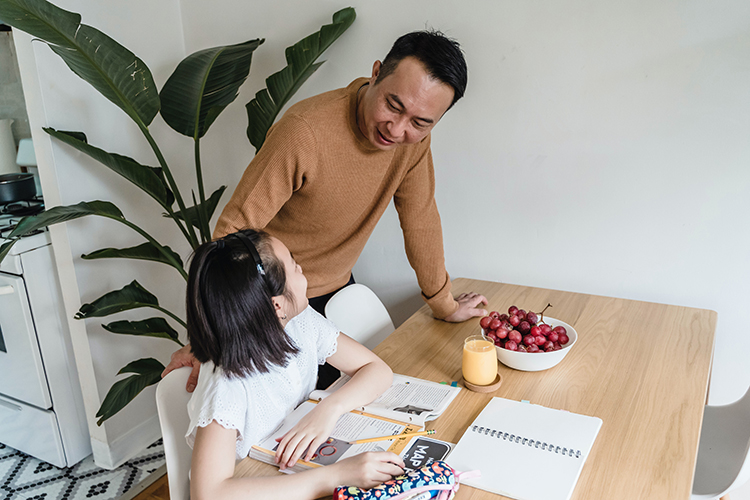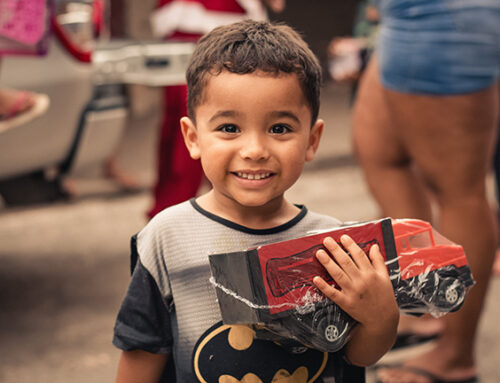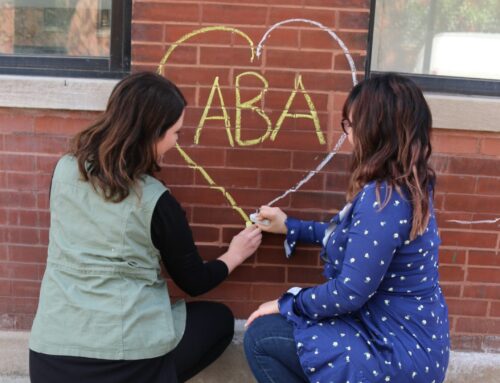What is Token Economy? Token economies are based on the principles of applied behavior analysis (ABA) and emphasize the use of positive reinforcement to target behavior change. Token economies help children visualize progress, accept and work for delayed reinforcement, learn to self-monitor, and learn to regulate behavior.
Developing a Token Economy: When developing a token economy, first identify and define the behavior you want to increase (i.e. target behavior). Then, determine what items or activities will be motivating to the child. To help identify these items/activities, it is helpful for parents and teachers to complete a reinforcement survey and use direct timed observation. This, in turn, develops a list of items and activities that have been identified as possible reinforcers will serve as back-up reinforcers for the child.
Back-up reinforcers should be items/ activities that are easily introduced and removed; generally, access to back up-reinforcers should be 5 mins or less. The individual’s back-up reinforcers can come from the survey completed by parents and teachers. reinforcers include tangible items (Legos, trains, cause and effect toys) bubbles or a song.
When possible, limit access to reinforcing items/ activities that were identified when token economy is in use. This will reduce the possibility of the child getting bored with any one reinforcer and increase the motivational value of the reinforcer.
Next, determine how many tokens need to be earned before gaining access to the back-up reinforcer. Start with a small number of tokens (learner dependent- ask BCBA) and gradually increase that number when BCBA advises. Decide what to use as tokens and match these to the level of the learner. For example, a Preschooler may have Elmo tokens whereas a Kindergartener may have smiley face tokens.

Teaching and Implementing Token Economy: BCBA will initially introduce this technique with teaching instructions to follow. During the initial stages of teaching the token economy, social praise will be paired with the token by providing learner specific reinforcement (i.e., tickles, a thumbs up, or a pat on the back) while at the same time labeling the behavior with “great sitting!” or “awesome coloring!”
All key parties play a vital role while implementing token economy. Therapists and family members working with the child will be taught by the BCBA how to distribute tokens, but as stated previously, should be consistent in their distribution of tokens and exchanges of the back-up reinforcers. Flood the child with tokens in the beginning so that access to the back-up reinforcers is frequent. Once the child demonstrates an understanding of earning the tokens leads to the back-up reinforcer, the BCBA will determine when to lengthen the time between delivering tokens and/or increase the number of tokens required. As requirements to earn tokens increase, continue to pair token delivery with lots of specific social praise. This will teach the child delayed reinforcement.
Prior to presenting demands, a difficult task/ transition, the adult will ask the child “What are you working for?”, “What should we play with?” or “What do you want to earn?” – these options will come from the pre-assessed list of items/activities known as back-up reinforcers. For a visual learner who may not have the words to label their desired item/activity, it may be helpful to provide a choice board. When the child has earned the pre-determined number of tokens, he/she should be encouraged to count the tokens from the board and in exchange, immediately earn access to their reinforcer.
Allowing a child to participate in the token economy at this level may increase their own sense of control over the situation as well as ensure that the selected reinforcer is indeed motivating to the child in the moment of time.
Using a Token Economy correctly can help motivate your child as they visually track their earned rewards for desired behaviors.
Ideas to use Token Economy at Home and in the Community
- Difficult activities the child may not enjoy
- The bathroom routine
- Cleaning up after play
- Transitions
- “Chores” – making the bed, putting clothes in the hamper, feeding the animal
- Playing a family game
- Mealtime
- Riding in a car
- Going to the store

Blue Bird Day fosters socialization, sensory regulation, and pre-academic learning in children ages 2-7 years in therapeutic rotations that simulate preschool and kindergarten settings. Our compassionate therapists practice a relationship-based and family-centered approach, provide parent training, and collaborate on goals and individualized intensive treatment plans for your child.
We believe in a collaborative and multi-disciplinary team approach to therapy. A team of occupational therapists, speech-language pathologists, dietitians, developmental therapists, behavioral therapists, physical therapists, and therapeutic assistants are created for each child to ensure child and family are fully supported and the best possible results are achieved.
Options for individualized, group and virtual therapy sessions are available as well.
Want to learn more or you have a specific question? Feel free to connect with us here!



